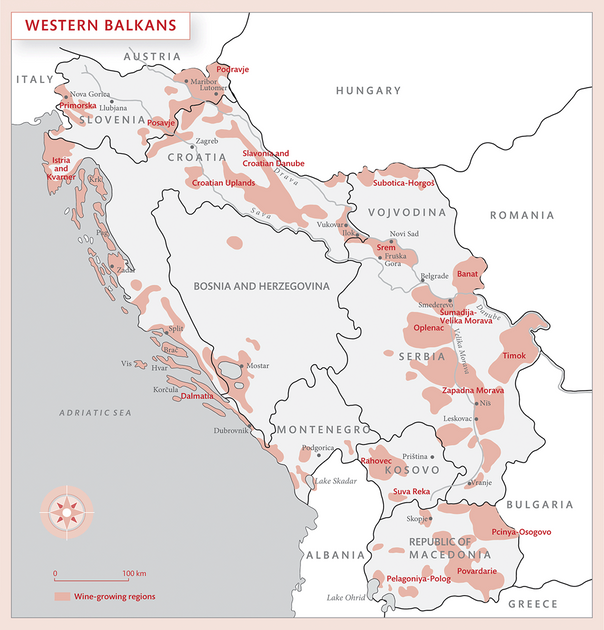Advertisement
Yugoslavia
Published 2006

Viticulture in this region dates back at least to Roman times and almost certainly earlier, to the Illyrians in the 4th and 5th centuries bc. In the communist era, production of volume at low prices was the priority in large state-controlled co-operatives, and winemaking standards were often poor. At its peak in the 1970s, former Yugoslavia was one of the world’s top ten wine producers, making around 6 million hl/158 million gal a year, and was famous for wines such as Lutomer Laski Rizling, once the UK’s best-selling white wine. Marshal Tito’s regime was less hardline than other Eastern Bloc countries and some degree of private land ownership, and even private wine production, was permitted. Some family producers were able to start bottling their wine as early as the 1970s. The first private producer, industry hero Stanko Čurin, and, Tito’s favourite, Movia of slovenia kept producing throughout this era. This meant that some connection between land and vine growing was retained and provided a strong foundation for the emergence of today’s private wine producers. Yugoslavia has since been split into (roughly from north to south) slovenia, croatia, serbia, kosovo, montenegro, bosnia and herzegovina, and macedonia.


